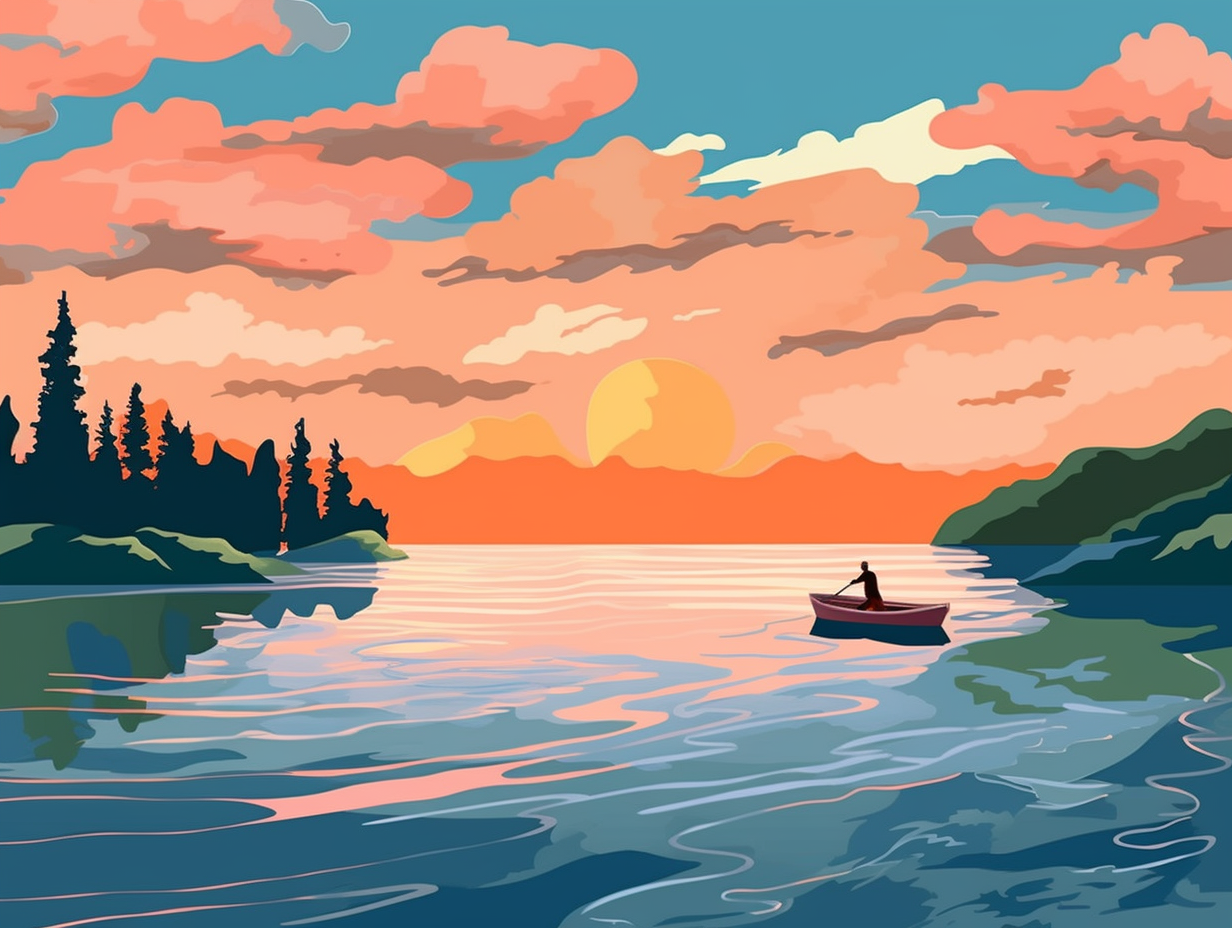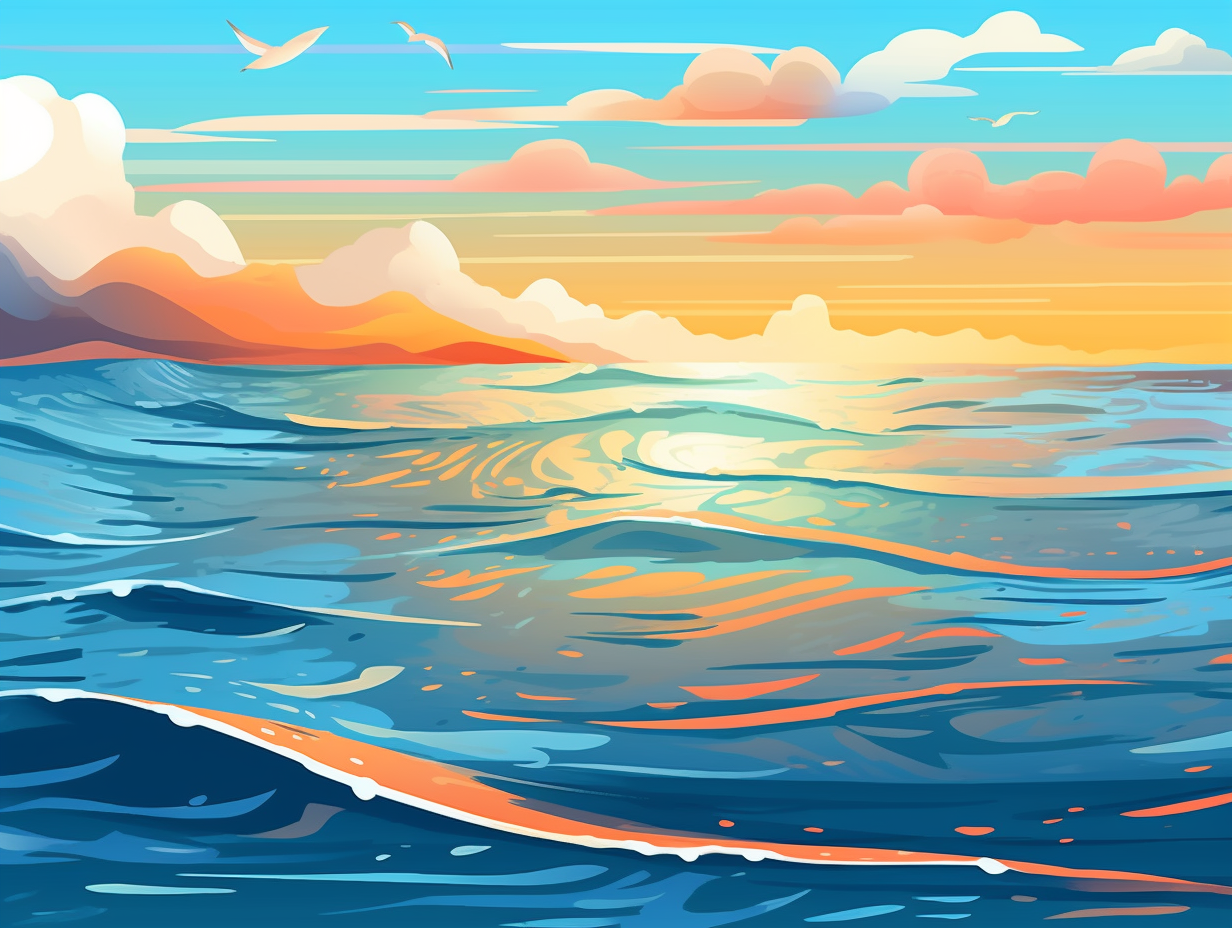Discover the Top 8 Fascinating and Fun Facts About Lake Ontario: Unveiling Nature's Wonders

1. War of 1812 Shipwrecks
If "Dead men tell no tales" had a twist, they should ask the shipwrecks: Lake Ontario hosts two incredibly well-preserved wooden ships, the Hamilton and the Scourge, that sunk during the War of 1812, and now lie 90 meters below the surface about 10.5 kilometers off Port Dalhousie. High-tech mappings have revealed astonishing details, like instruments still in position, but diving is forbidden without an archeological license, and Hamilton doesn't plan on raising any parts to the surface!
Source => cbc.ca
2. Ghostly Great Lakes Triangle
If you're planning a sail on Lake Ontario and ghostly legends shiver your timbers, pack a pirate's eyepatch and perhaps an EMF meter: Lake Ontario is filled with eerie shipwrecks and spooky tales, including the infamous Great Lakes Triangle, which has swallowed many a vessel under mysterious circumstances. Even the Gibraltar Point Lighthouse in Toronto Harbor is haunted by a murdered lightkeeper, proving that Lake Ontario, much like an undead Jack Sparrow, will forever be linked with maritime history and the supernatural.
Source => bigthink.com

Did you know Lake Erie is home to over 100 fish species, making it one of the largest freshwater fisheries on the planet? Discover what makes this aquatic metropolis a sports fishermen's paradise! 🐟
=> Fun Facts about Lake-Erie
3. Niagara Falls' Beach Party
Picture Niagara Falls moonwalking its way back to a beach party: Lake Ontario's shoreline stretches a whopping 712 miles, making it the smallest of the Great Lakes in surface area but still owning enough beachfront for a pretty wicked bash.
Source => en.wikipedia.org
4. Aquaman's Freshwater Piggy Bank
If you've ever wondered what Aquaman's piggy bank might hold, the answer is scarcely that of the ocean's conundrum: Lake Ontario. It's the smallest of the Great Lakes in terms of volume with 393 cubic kilometers of water yet still the 14th largest lake in the world by surface area, covering 18,960 square kilometers. Dive in with the merfolk, as its maximum depth of 243 meters makes it one of North America's deepest lakes, tempting explorers with unfathomable sights.
Source => en.wikipedia.org

5. Crayfish Culinary Treasure
Whoever said "there's plenty of fish in the sea" never had a taste for Ontario's freshwater crustacean surprise: crayfish are a local culinary treasure, best enjoyed boiled, steamed, or served chilled, with their beady eyes staring straight into your soul – or your stomach!
Source => adoptandshop.org
6. Scuba Diving Shipwreck Adventures
Ahoy, mates! Dive you will for treasures lost, as ye navigate the watery graves o' ships long forgotten. Beware - not all who wander these depths return to tell the tale! But fear not, for these ghostly ships be merely relics o' the past, filled with stories worth their weight in gold: Lake Ontario is the resting place of fascinating shipwrecks such as Sligo, Merrill, and Lyman Davis, attracting experienced scuba divers to explore their well-preserved hulls off the coast of Toronto's Humber Bay Park. Proceed with caution, though, aspiring Davy Jones; proper training and experience are crucial for navigating these chilling underwater adventures, especially the deeper and darker Lyman Davis, reserved for the finest of technical or advanced certified divers.
Source => aquariusscuba.com
7. Mother Nature's Coastal Symphony
The Piping Piper of Lake Ontario: In a coastal symphony conducted by Mother Nature herself, the sand dunes, wetlands, and rocky cliffs surrounding Lake Ontario provide the stage for thousands of flora and fauna members to perform their daily acts, with the endangered Piping Plover taking center stage as it nests among the sandy dunes. But lest we forget the understudy, Canada's largest freshwater fish – the Lake Sturgeon – also calls this watery wonderland home as it migrates through, though overfishing has made it a less-than-graceful exit for these aquatic acrobats, ultimately warranting conservation's standing ovation.
Source => greatlakes.guide
8. Lake Ontario's Mighty Flex
If you thought Lake Ontario was just another Great Lake struggling with an inferiority complex, think again: Sporting a modest 193 miles in length and 53 miles in width, Lake Ontario may be the smallest of the Great Lakes by surface area, but it flexes its 14th-largest-lake-in-the-world muscles with a depth of 802 feet and a Niagara River water supply that tumbles down the famous Niagara Falls, accounting for a mighty 86% of its watery contents.
Source => niagarafallsstatepark.com
Related Fun Facts




















